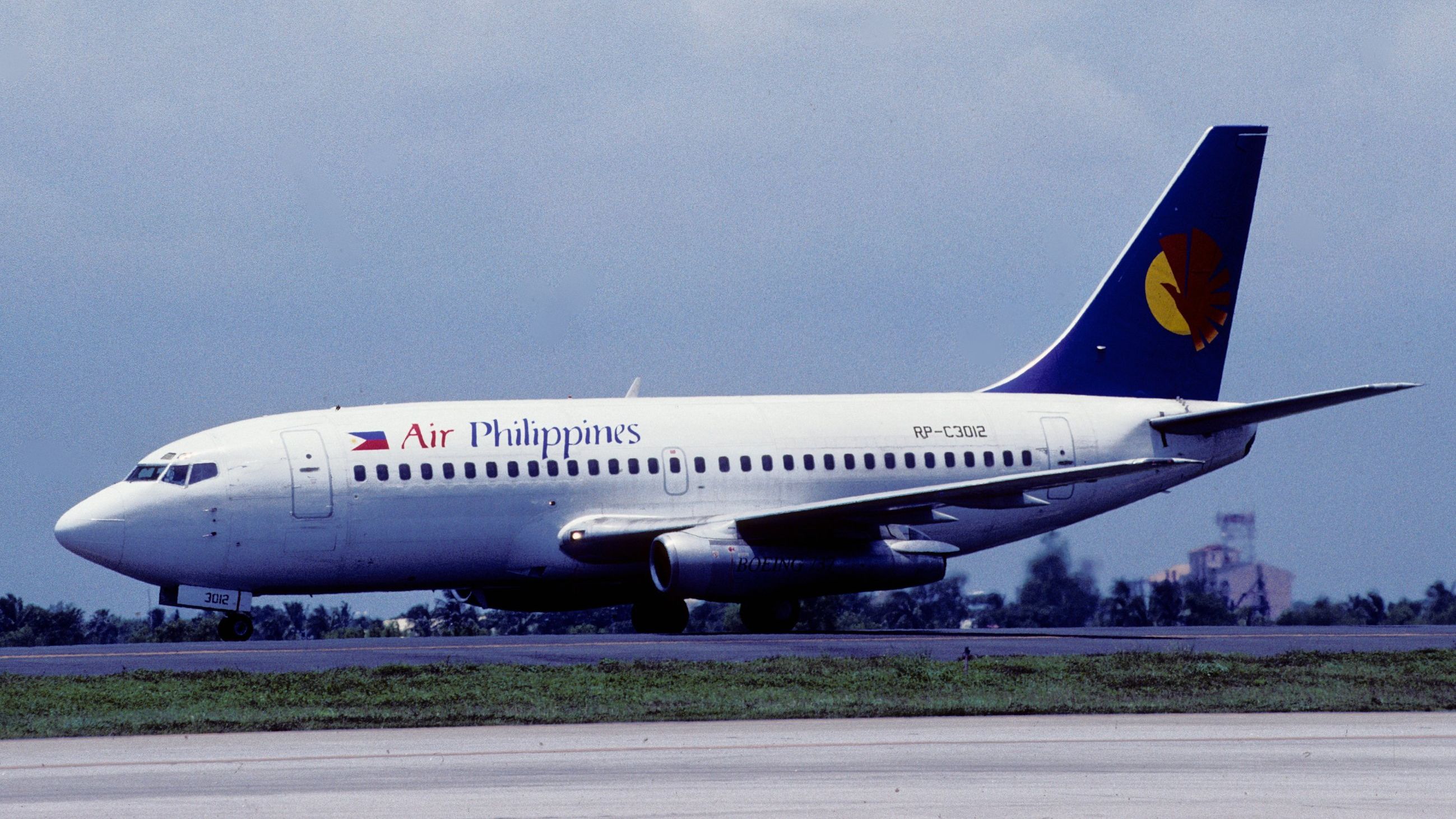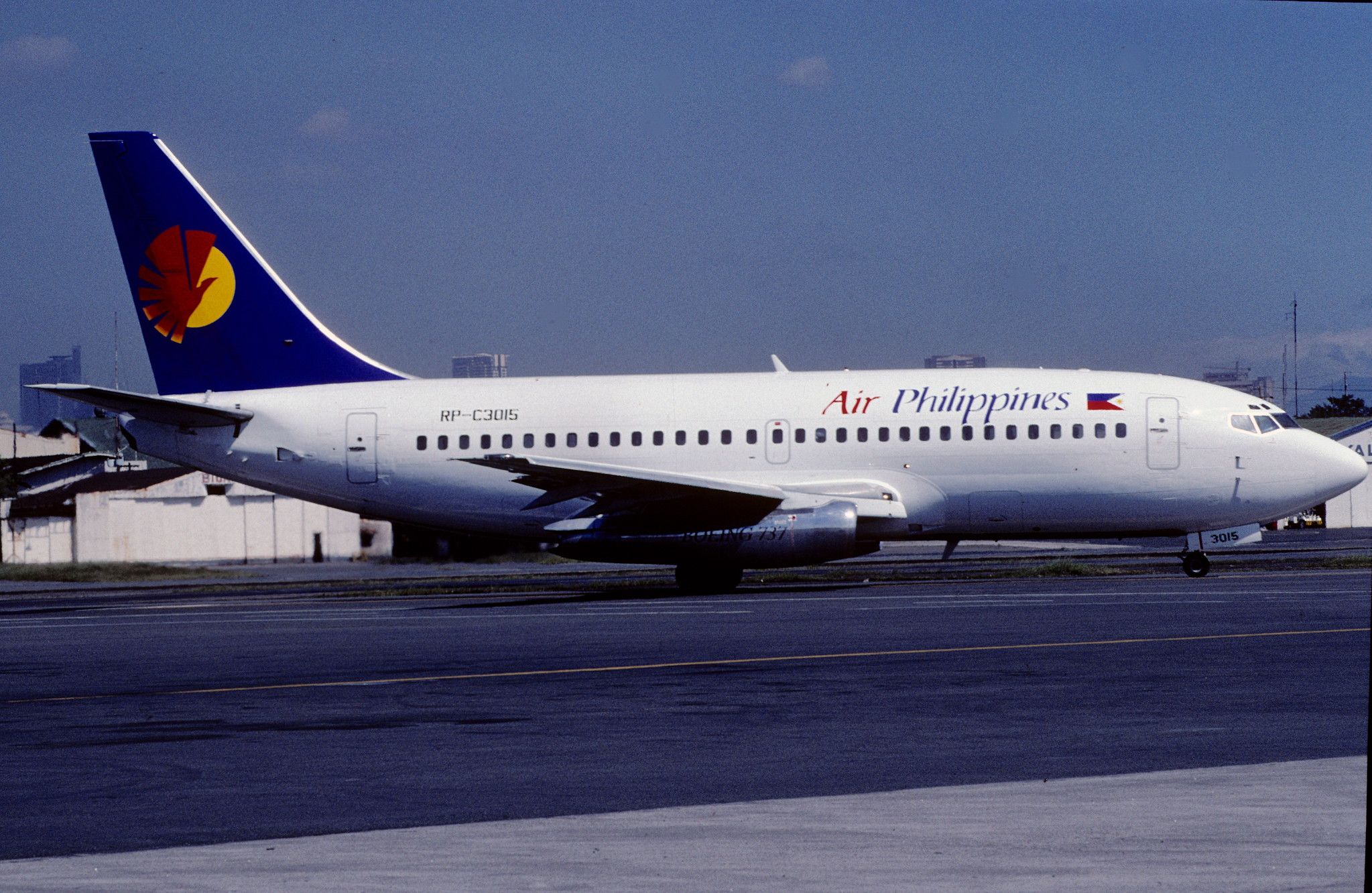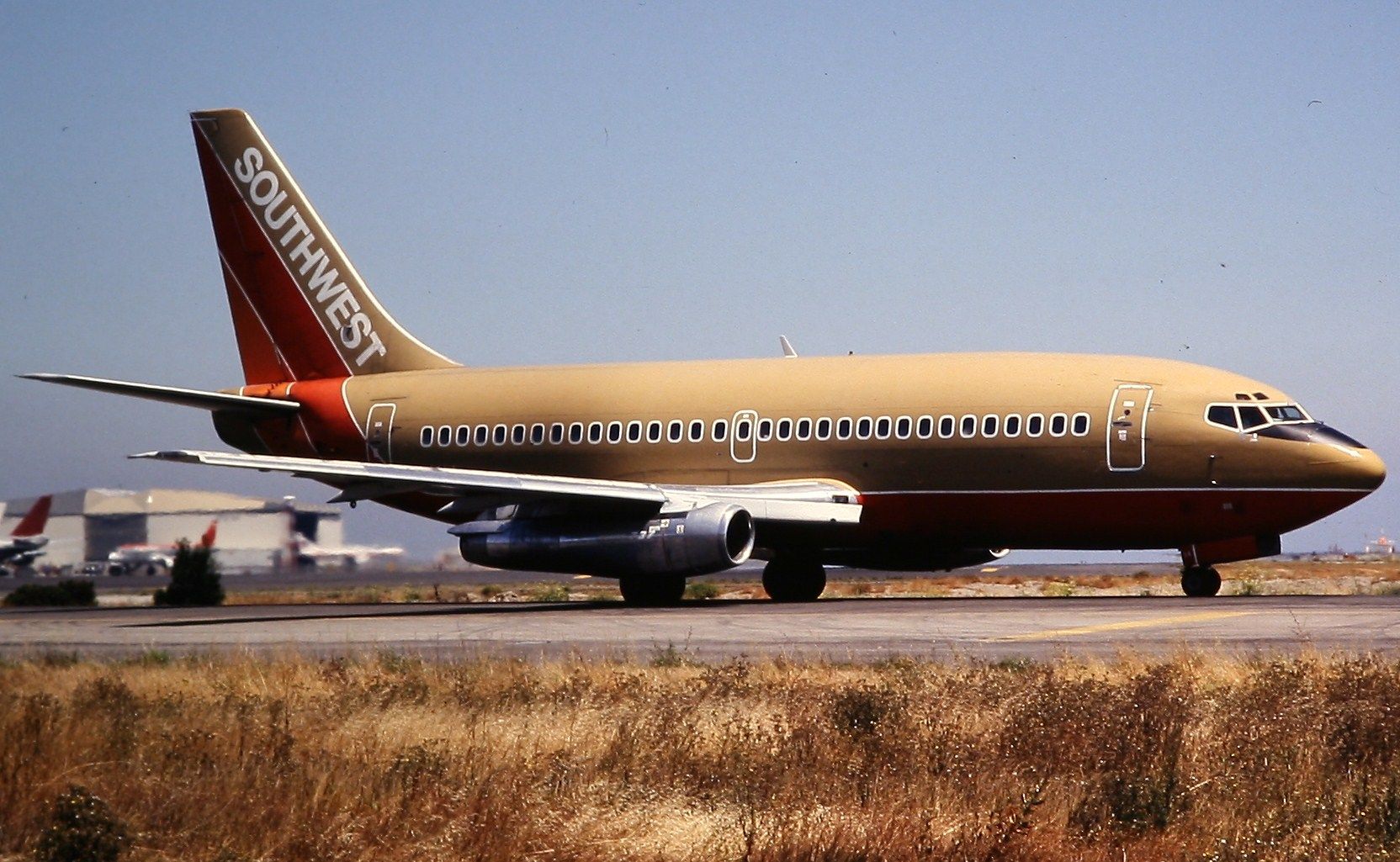It has been more than 23 years since the worst air disaster in the Philippines - operated by a Boeing 737-200, Air Philippines flight 541 was a domestic service that ended in tragedy for its occupants. The crash occurred as morning was breaking in the nation, which comprises more than 7,500 islands.
The flight in question
Air Philippines flight 541 was a scheduled flight like many others, set to operate internally from one Philippine destination to another. The carrier was the regional division of flag carrier Philippine Airlines, and it later became known as PAL Express following a name change in 2008. The flight originated in Manila, the capital.
Having departed Manila's Ninoy Aquino International Airport (MNL), its destination was Francisco Bangoy International Airport (DVO) in Davao City. This domestic corridor remains competitive today, with PAL Express serving it alongside its parent company, Philippine Airlines, as well as Cebu Pacific and Philippines AirAsia.
On April 19th, 2000, Air Philippines flight 541 had 124 passengers onboard. This figure suggests a very well-loaded aircraft, given that its exit limit was not much higher (at 136 seats). A seven-person crew looked after these customers, giving the aircraft (a Boeing 737-200) a total occupancy rate of 131 passengers and crew.
Get the latest aviation news straight to your inbox: Sign up for our newsletters today.
Disaster near Davao City
According to Aviation Safety Network, Air Philippines flight 541 left Manila at 05:21 local time on April 19th, 2000. It was expected to arrive in Davao City just over an hour later, at 06:45. It approached the airport's 3,000-meter-long runway 05 behind Philippine Airlines flight 809, operated by an Airbus A319 twinjet.
After descending below the clouds on approach to Davao City, the flight's crew noticed that the A319 was still on the runway, and thus instigated a missed approach procedure. It was at this point that fatal mistakes were made. Attempting to fly visually, the aircraft did not climb to the required altitude of 4,000 feet.
This meant that, having gone around and been cleared to land the other way, on runway 23, the aircraft descended below the glideslope as it approached the airport for the second time. Tragically, this caused it to collide with a coconut plantation just over 500 feet above sea level, when it should have been flying at 1,500 feet. The crash destroyed the aircraft, killing all 131 of its occupants.
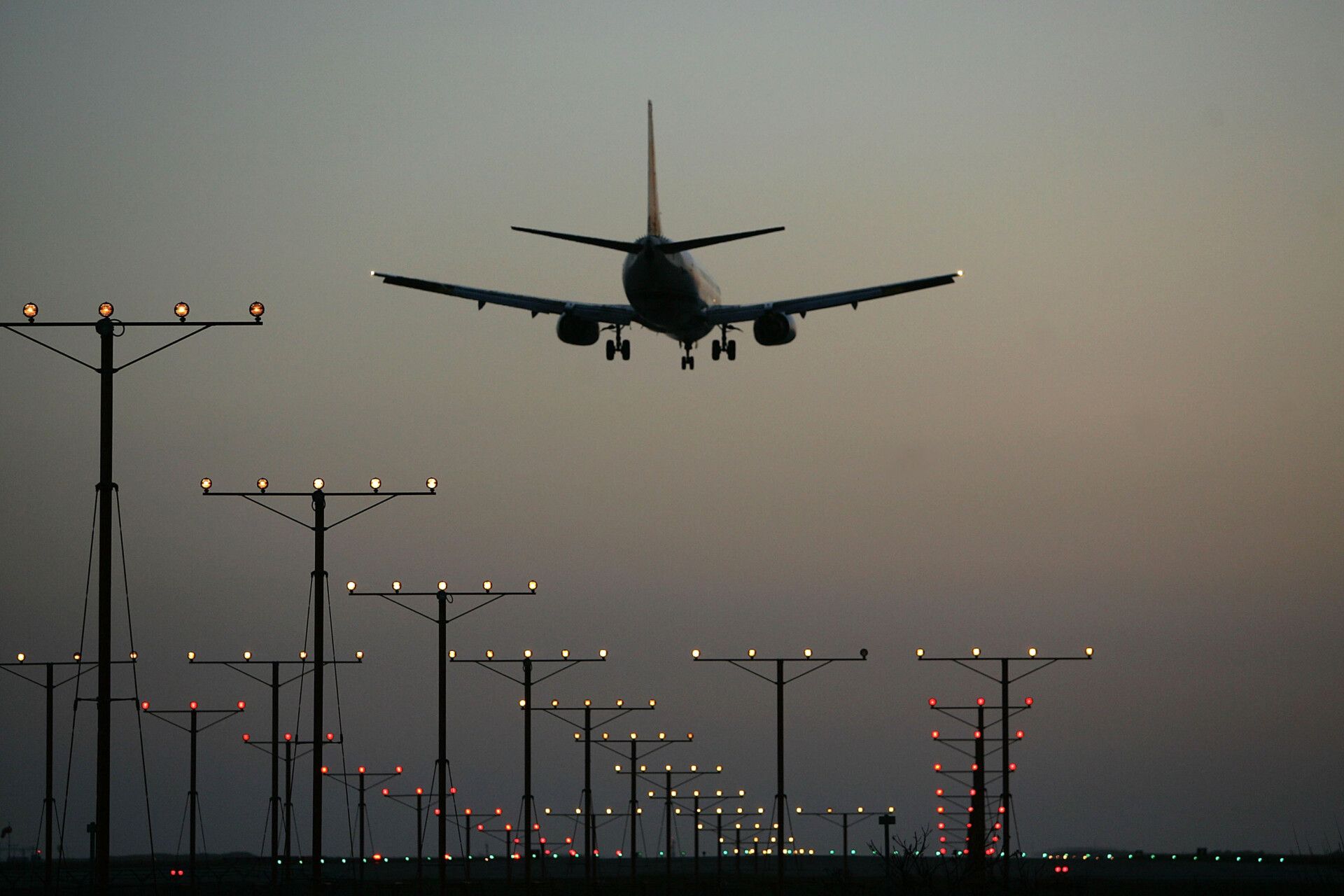
Instrument Landing Systems: Everything You Need To Know About ILS
The Instrument Landing System (ILS) was first introduced in the late 1930s, even before the outbreak of World War II.The aircraft involved
The crash remains the worst in Philippine history, and was the second-deadliest involving the Boeing 737-200 at the time. It now ranks third, following the later crash of Mandala Airlines Flight 091. The 737-200 involved bore the registration RP-C3010 at the time of its destruction.
According to data from ATDB.aero, this twinjet was just over 22 years old at the time, having been built in 1978. It entered service with Southwest Airlines the following month under the registration N50SW, and stayed there for more than two decades. It left in November 1998, and joined Air Philippines in March 1999.
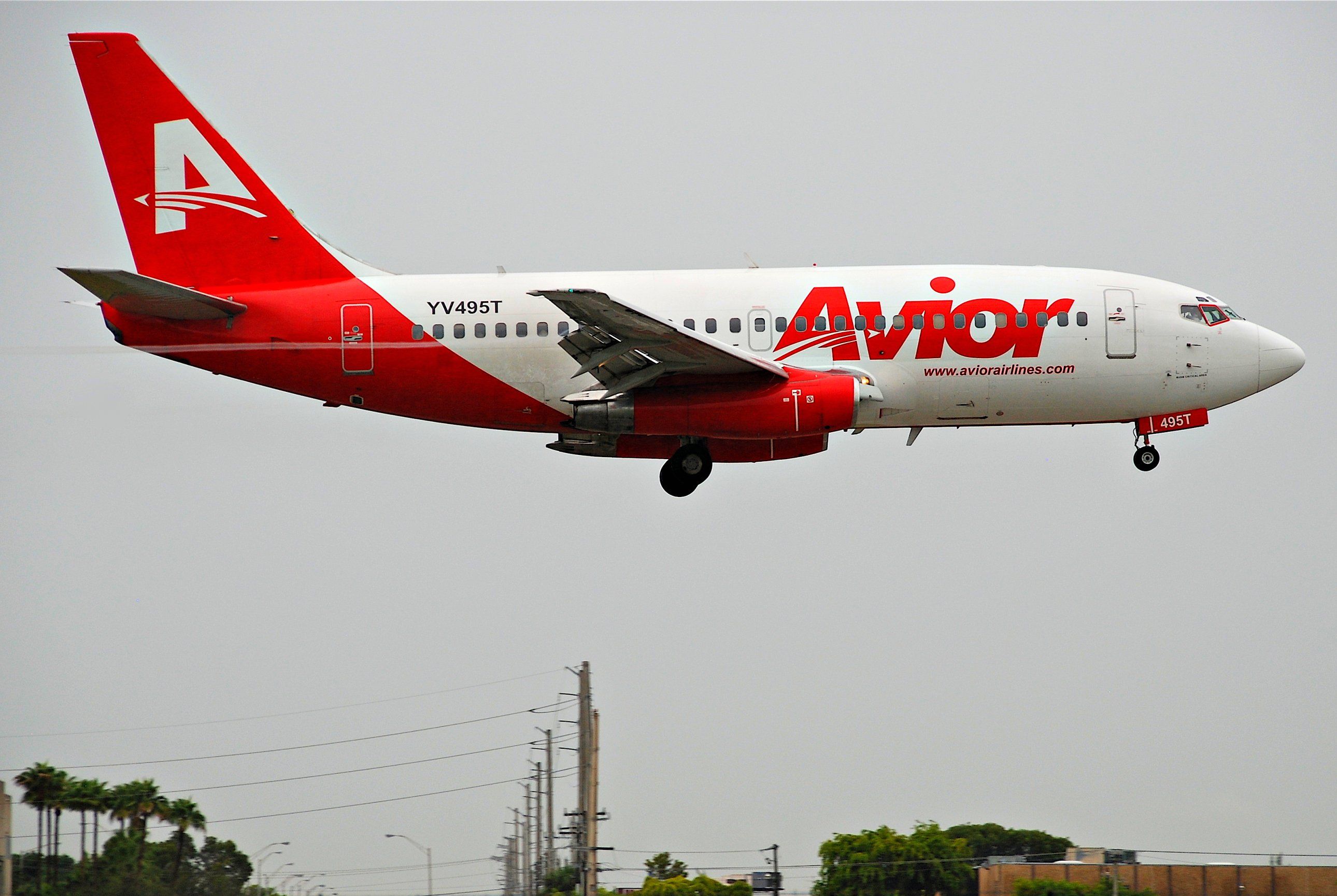
Where To See A Boeing 737-200 Flying In 2023
The planes are quite rare given their age but remain active for several airlines and Air Forces worldwide.What do you make of this incident? Do you remember it happening at the time? Let us know your thoughts and recollections in the comment section.

